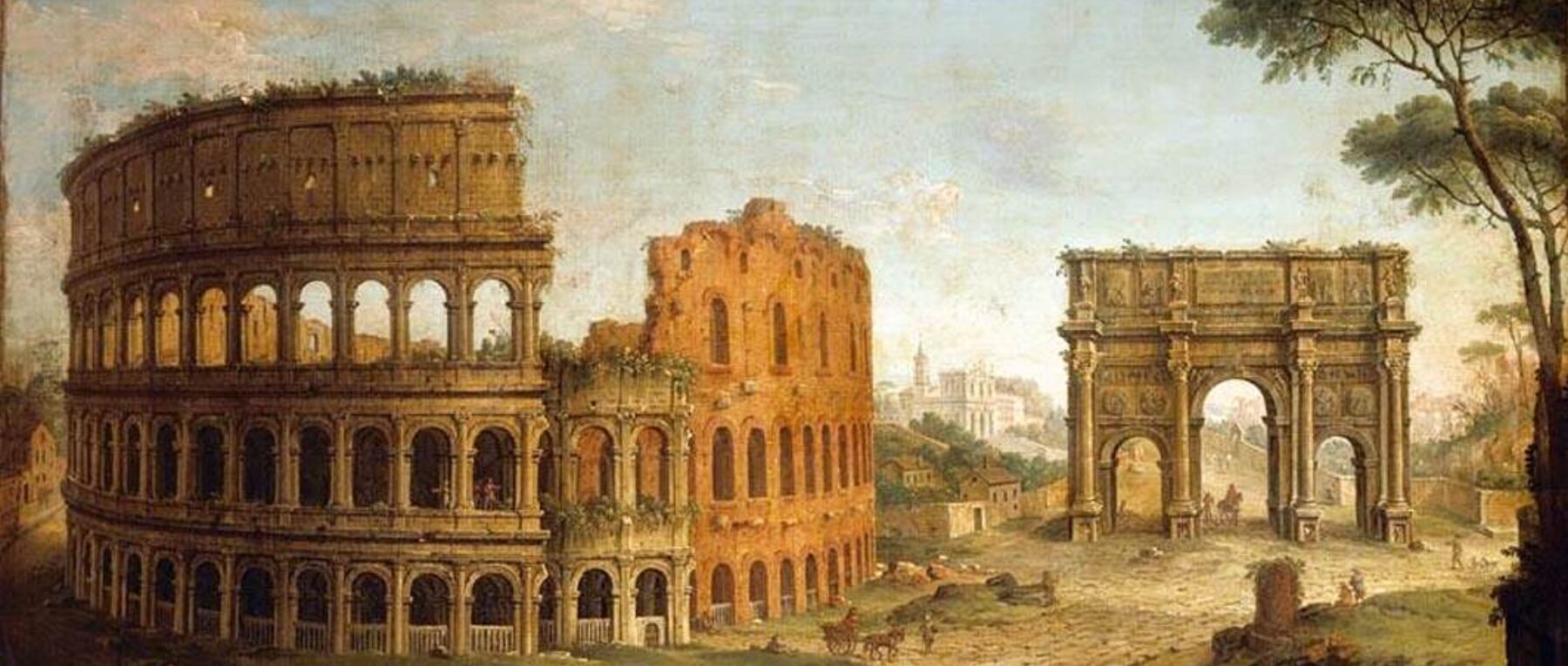The Pillars of Hercules: Mountains or Pillars?
 |
| The Rock of Gibraltar, the northern pillar. In the background can be seen the purported southern pillar, Jebel Musa, Morocco. (Source: Wikipedia) |
The Pillars of Hercules: The ancient name of two promontories which stand either side of the Straits of Gibraltar; the northern pillar, the rock of Gibraltar, the southern pillar, either Monte Hacho in Ceuta, or Jebel Musa in Morocco.
Since ancient times there has been some dispute as to which pillar the southern one is, either Monte Hacho, which is smaller and less distinct and, Jebel Musa, which is taller and more distinct.
In Greek Mythology, as part of his tenth labour, Hercules is said to have traveled to an island near Gades, to capture the cattle of the three headed Giant Geryon. This marked the farthest west of his travels.
 |
| Hercules fighting Geryon, ca. 540BC, Louvre (Source: Wikipedia) |
Herodotus describes where this place is located.
Geryon’s home was far away, on an island which the Greeks call Erythea, near Gades, which lies on the Ocean beyond the Pillars of Heracles. Legend says that Ocean is a great river running from east all round the world; but there is nothing to prove this. (Herodotus, BkIIII, p. 242)
The Ocean Herodotus describes sounds like the Atlantic Ocean, which technically does not go around the world, but names aside, does flow into other oceans such as the Indian Ocean without separation. Herodotus also seems to indicate that the pillars are located in or close to, the Straits of Gibraltar.
 |
| On the map Cadiz can be seen beyond the Pillars of Hercules/Gibraltar (Source: see below) |
The Phoenician Hercules and the Real Pillars
The Geographer Strabo records this temple and pillars, when he recounts the dispute about the real pillars:
Others say that it is the bronze pillars of eight cubits in the temple of Heracles in Gades, whereon is inscribed the expense incurred in the construction of the temple, that are called the pillars (Strabo, Geography, BKIII, Ch 5, p.136/7)
For he makes the argument, “it was a custom in early times to set up landmarks like that,” at the limit of the known world, and even though the original landmark may have disappeared with time, the area maintains the original appellation (quotation and paraphrase, Strabo, Geography, BKIII, Ch 5, p 137).
Wherever the original pillars are (if they even existed at all), the Rock of Gibraltar and either Jebel Musa or Monte Hacho, exist in the Straits of Gibraltar, and carry the legendary appellation.
Sources:
The Geography of Strabo, Published in Vol. II of the Loeb Classical Library edition, 1923

